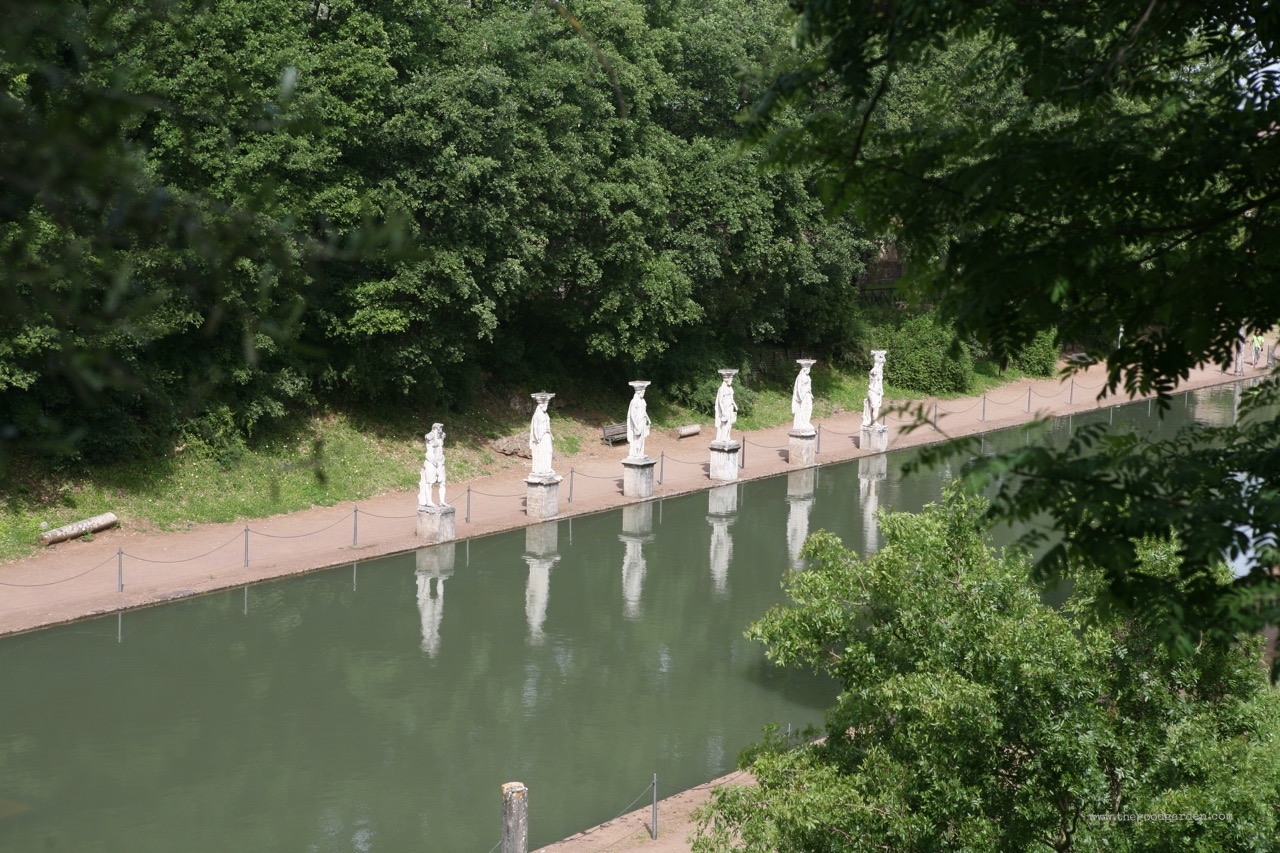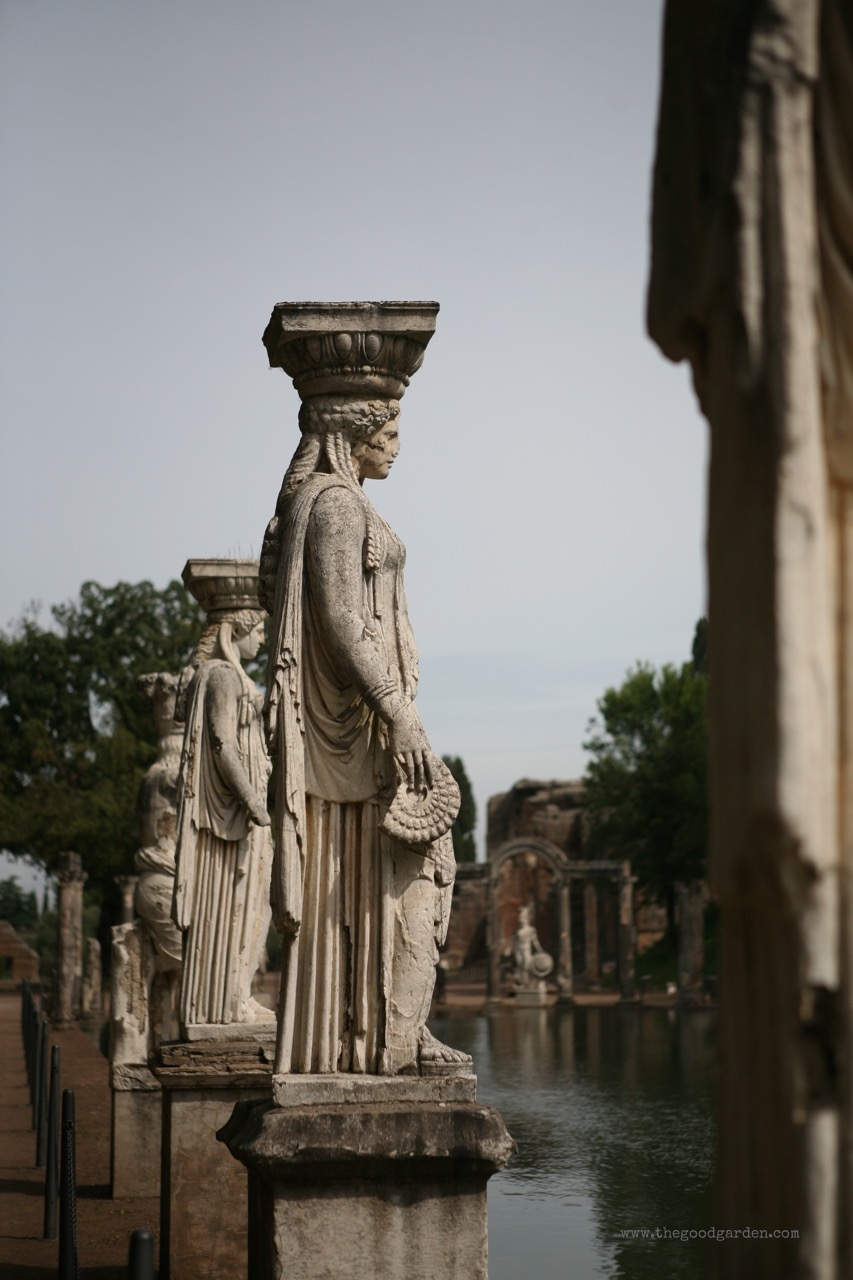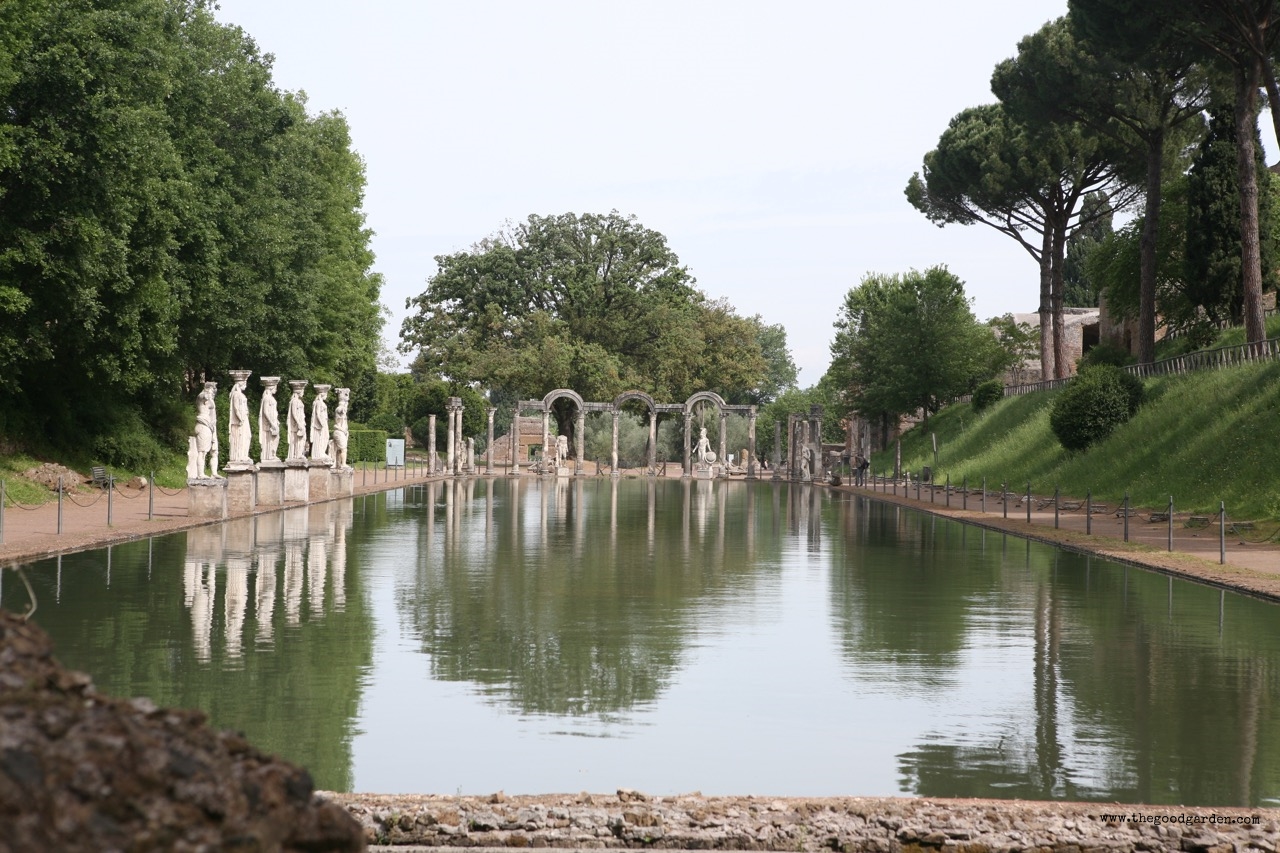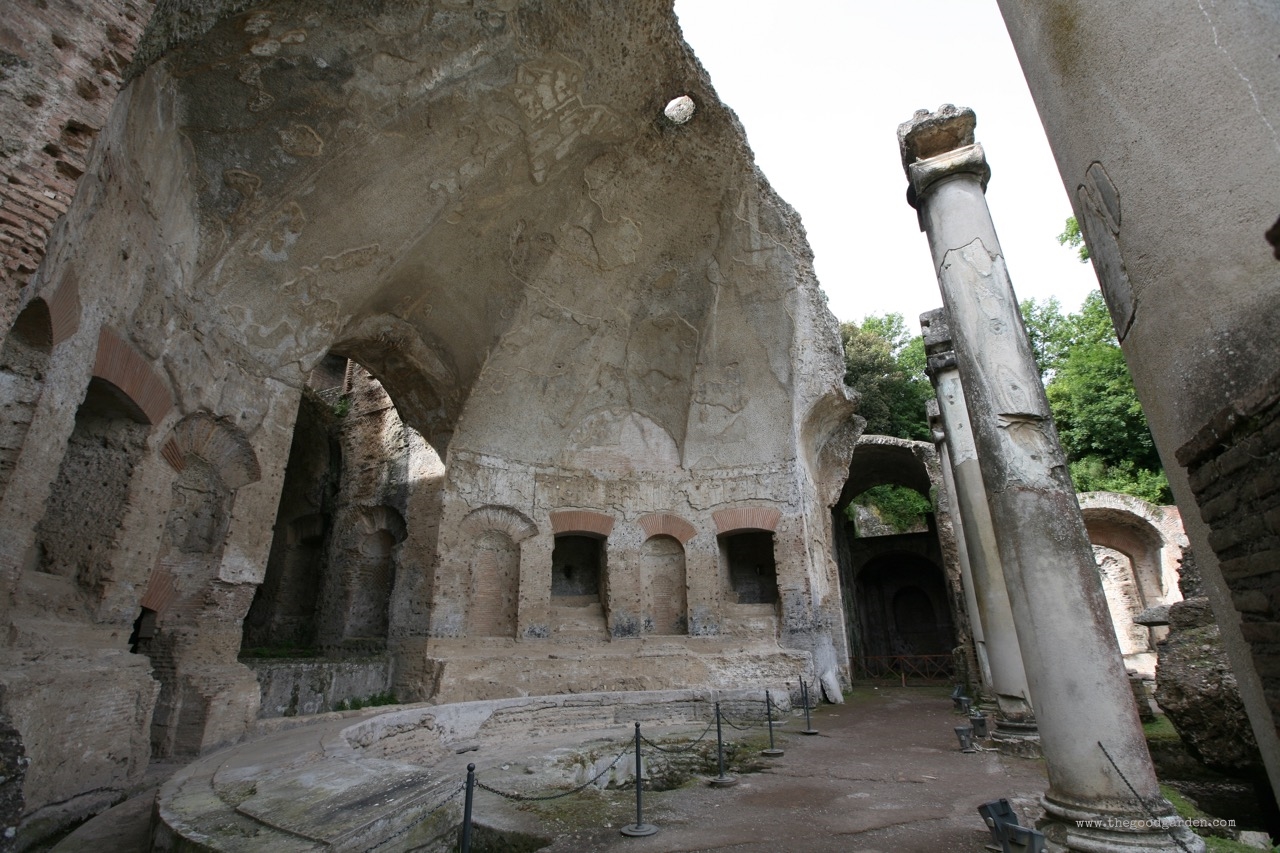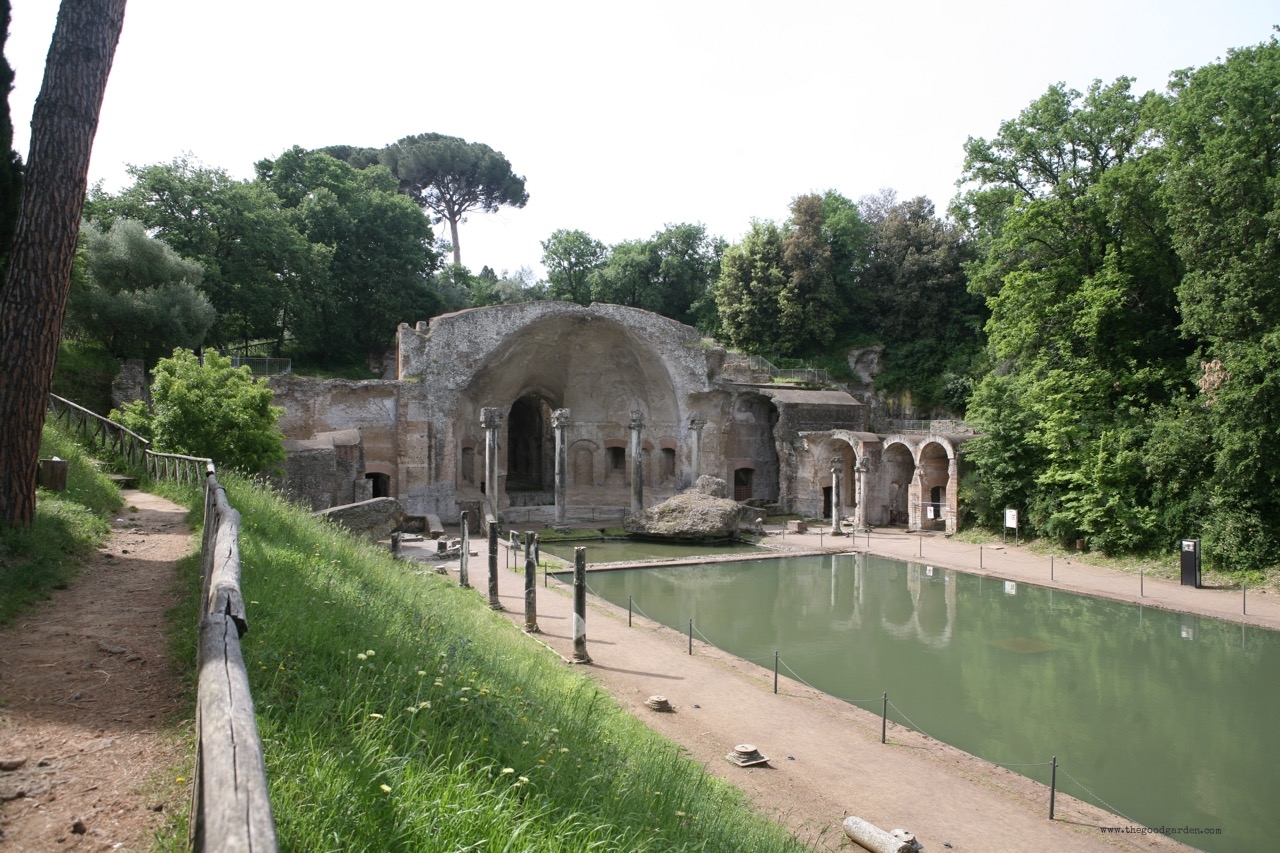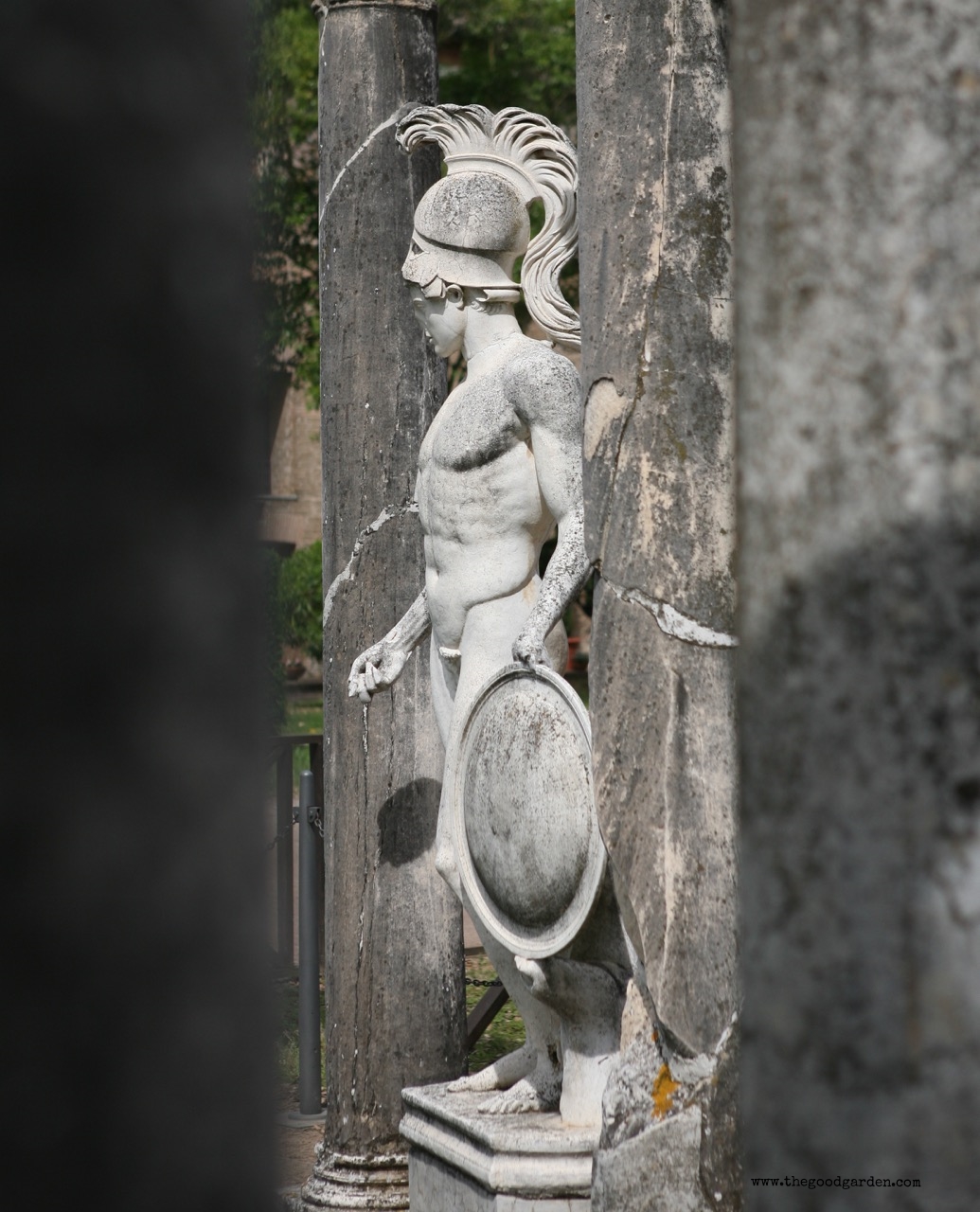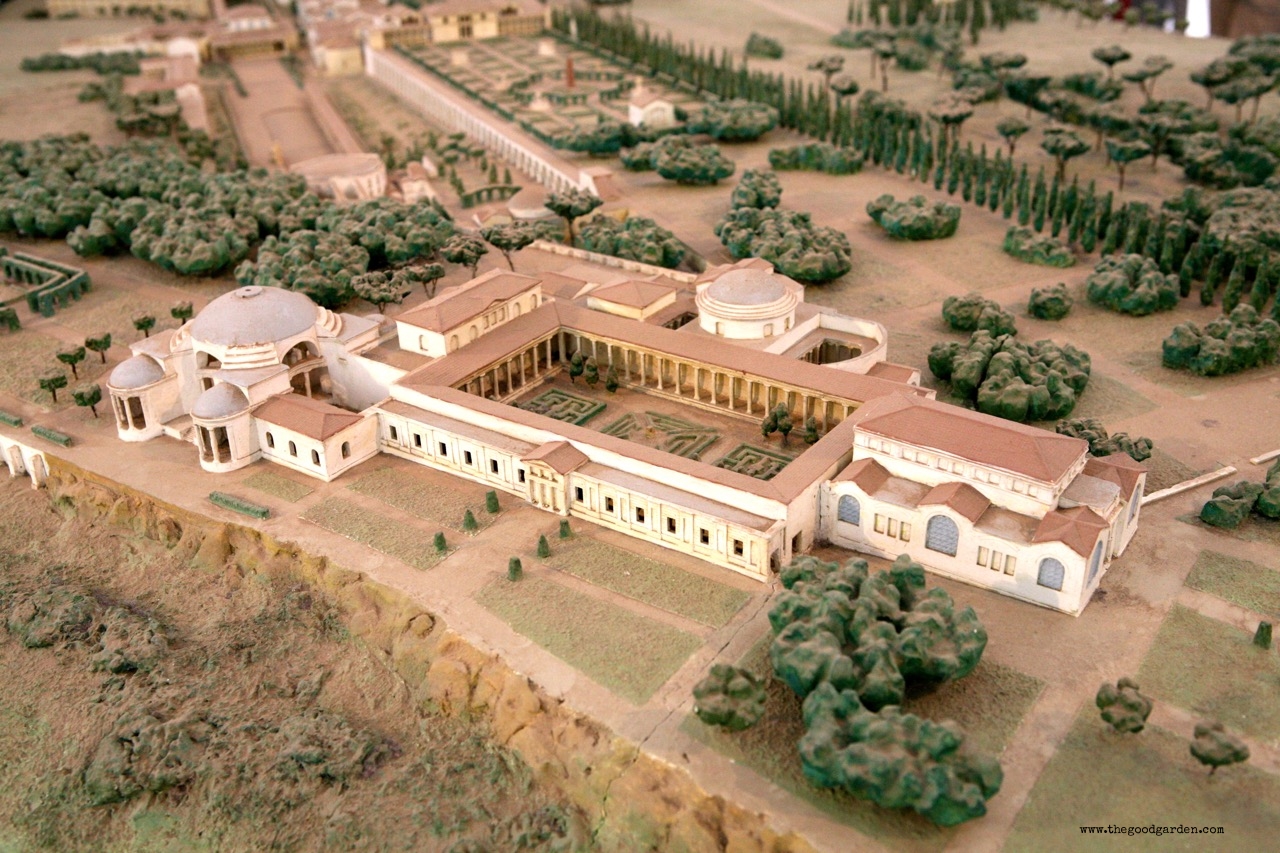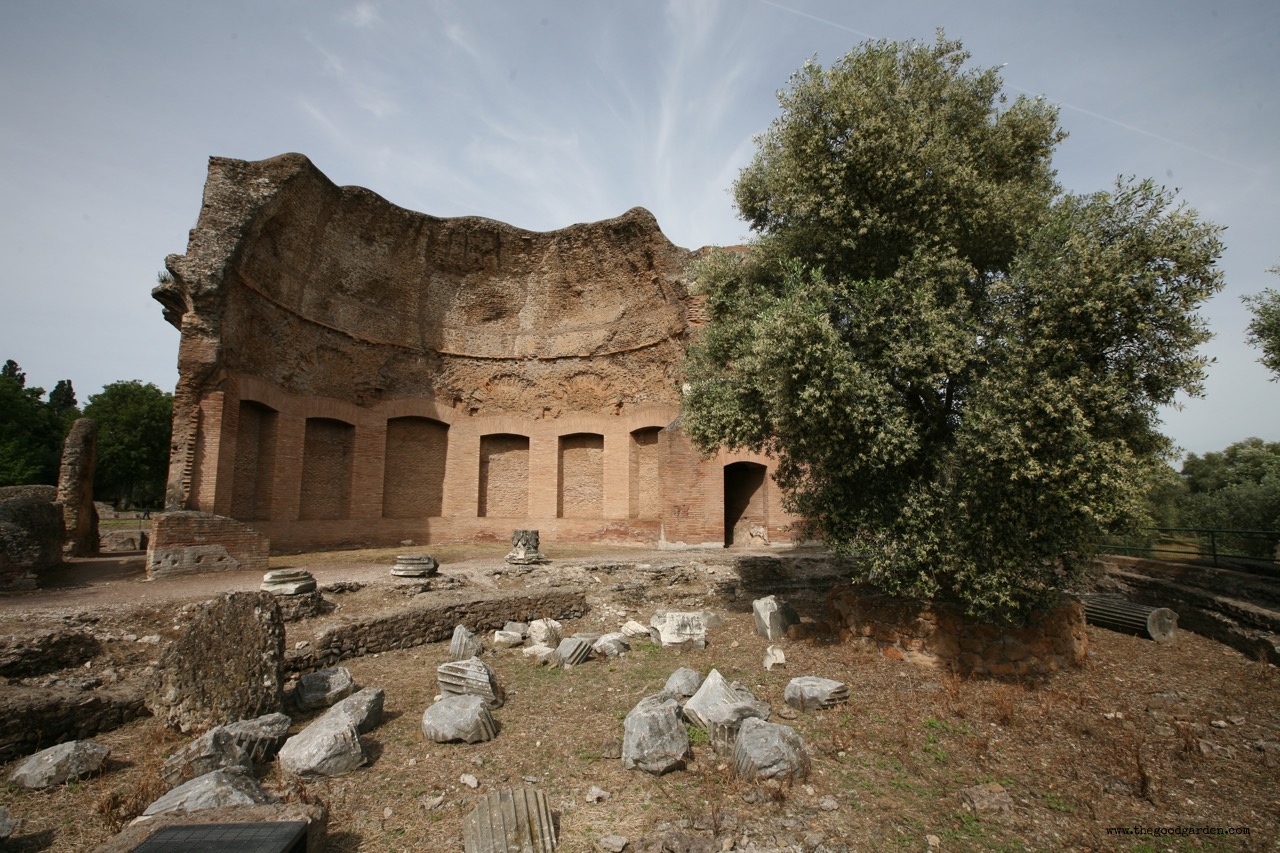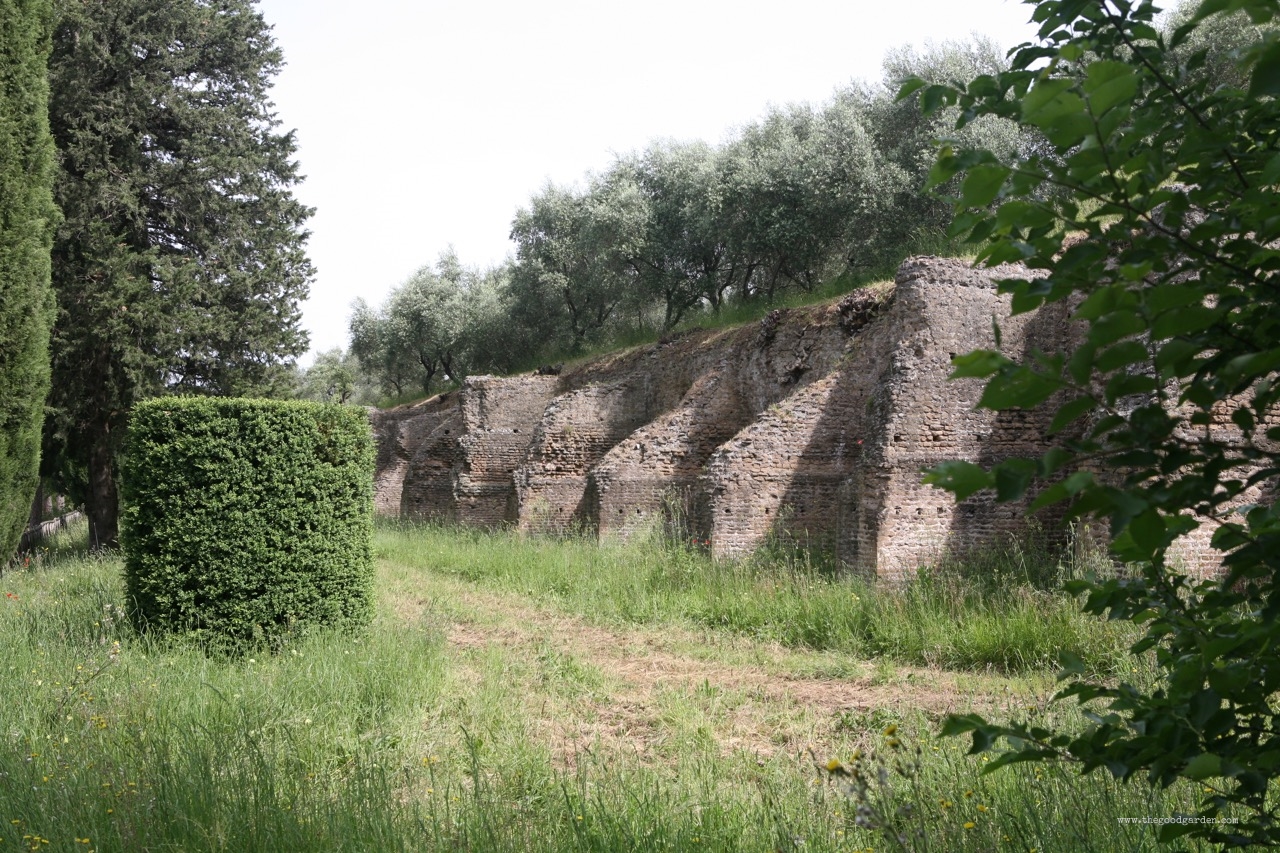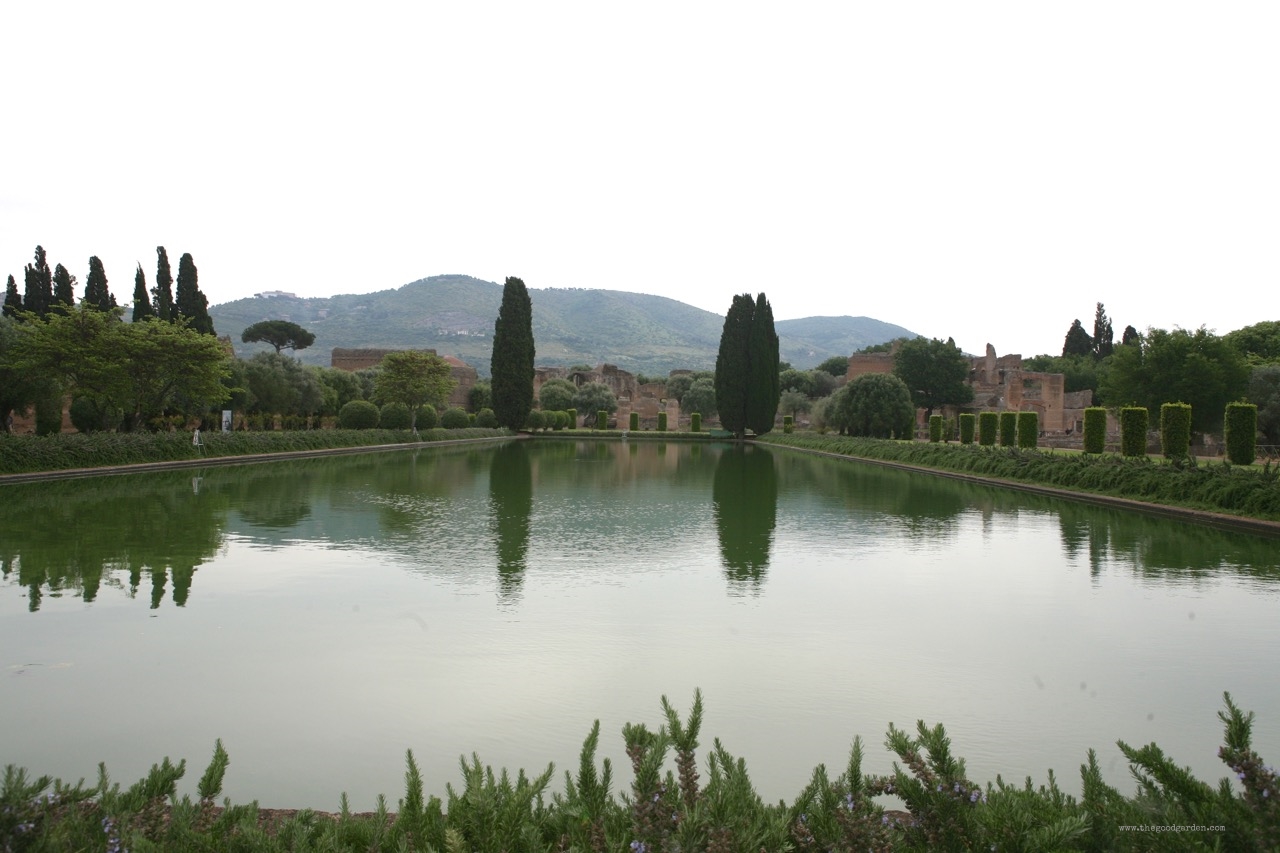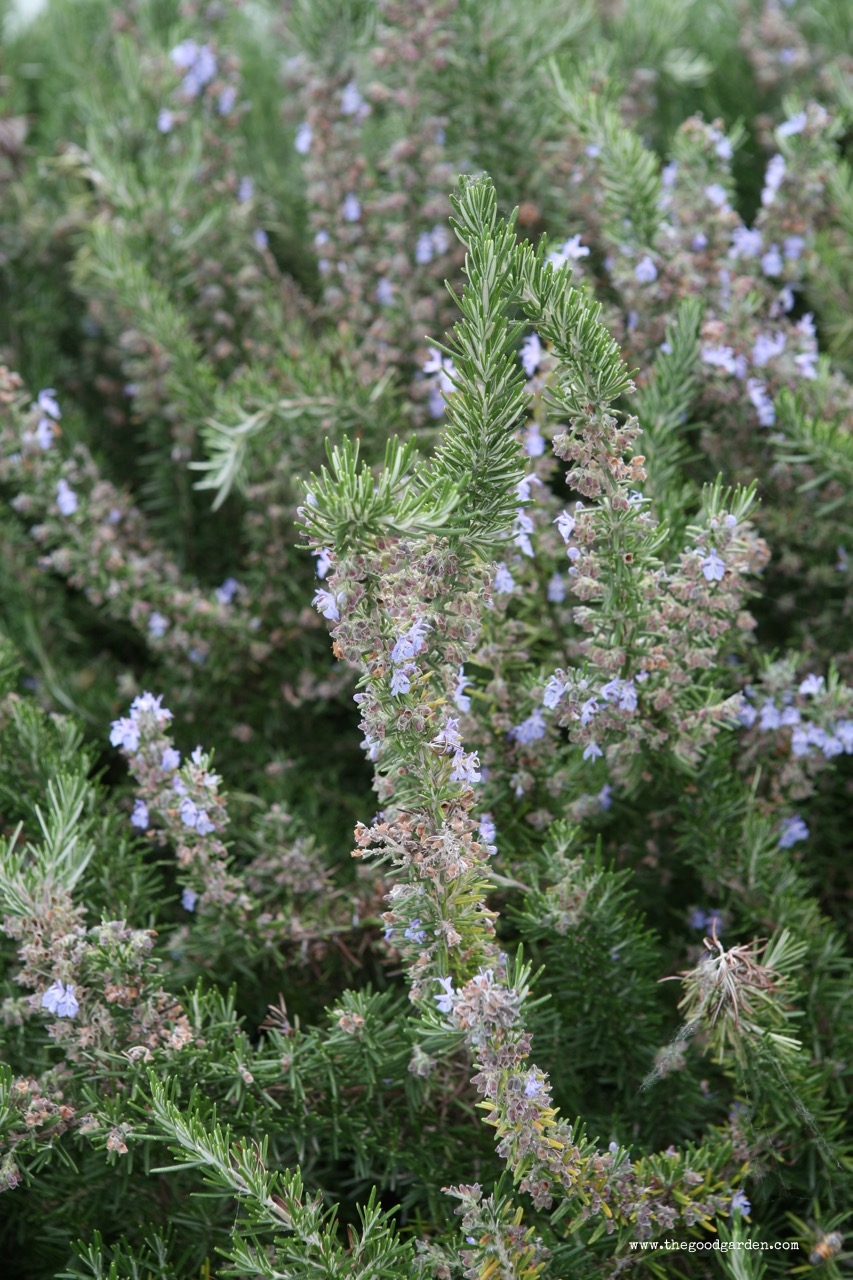One of the most famous gardens in Hadrian’s Villa consists of the ‘Canopus’ and ‘Serapeum’. It is made up of two parts: a scenic canal and a formal dining area. In this garden guests reclined on a semi-circular couch and food was served on floating trays. The large vaulted structure has niches, skylights, and water cascades fed by twin aqueducts.
The dining area looks out onto a rectangular pool, said to have served as a reference to the Nile River. It is ringed by statues copied from the Greeks, including several striking Amazons or female warriors.
Being here made me think about how often garden design ideas are borrowed and referenced.
In the 100’s CE, Hadrian built on ideas he got from his travels. In Brendan Nagle's book The Ancient World, he shares that Hadrian “spent most of his reign (twelve out of twenty-one years) traveling all over the Empire visiting the provinces…” Hadrian’s travels exposed him to the rich cultures of the Greeks, Egyptians, and Mesopotamians.
In the 1500’s, Italian renaissance garden designers were inspired by Hadrian’s Villa. And today we are inspired by and borrow ideas from each other’s gardens. Though the ‘Canopus’ and ‘Serapeum’ garden is enormous, the proportions and layout feel ‘right’ and could easily be scaled down for any sized garden.

